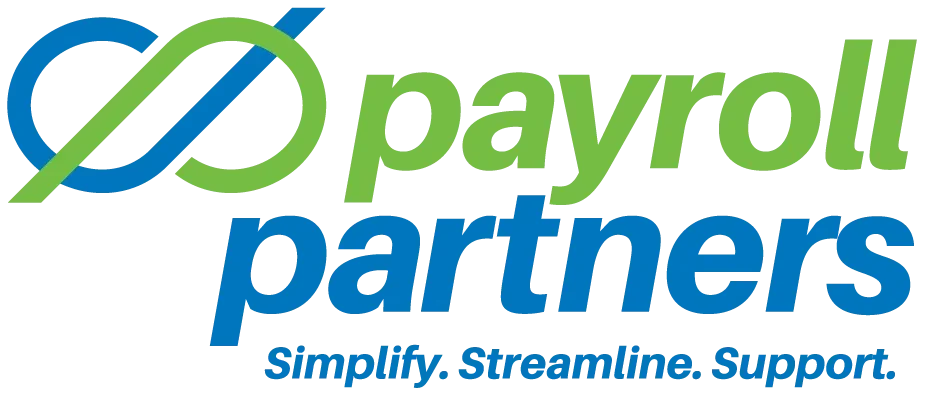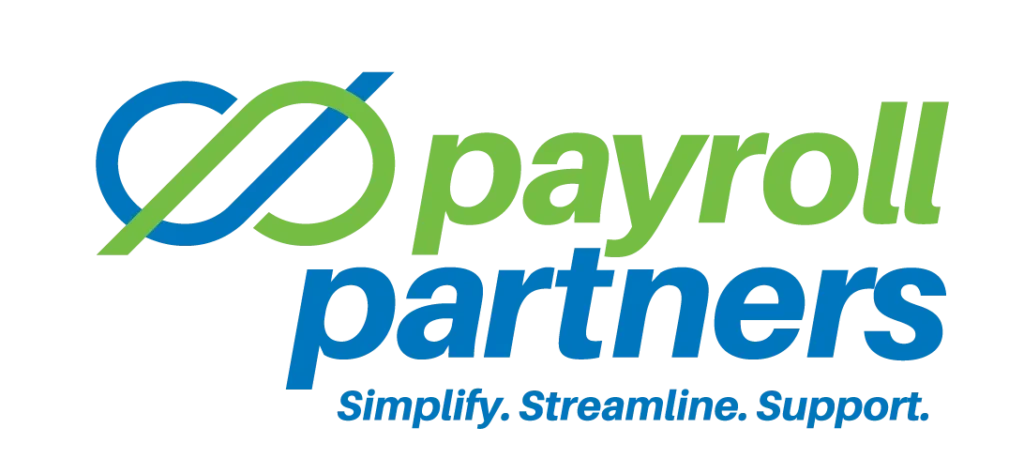Crafting compensation packages for church pastors is a process distinctly different from setting salaries and benefits in the for-profit sector.
What is Social Security Allowance?
A Social Security allowance is an additional payment made by churches to clergy to help cover their Social Security tax burden. This allowance is often referred to as a SECA allowance because clergy pay Social Security and Medicare taxes under the Self-Employment Contributions Act (SECA) rather than the Federal Insurance Contributions Act (FICA).
Why do Clergy Receive it:
- Self-Employment Tax: Clergy are considered self-employed for Social Security purposes, meaning they pay the SECA tax, which is 15.3% of their net earnings from ministry. This rate is higher than the combined employer and employee contributions under FICA, which totals 7.65%.
- Financial Support: Many churches provide a Social Security allowance to help offset this higher tax burden. This allowance typically covers half of the SECA tax (7.65%), similar to how employers cover half of the FICA tax for regular employees.
- Taxable Income: The Social Security allowance is taxable and must be reported on the clergy’s W-2 form.
Reporting the Allowance:
- W-2 Form: When completing a W-2 for an ordained pastor who receives a salary and an additional allowance for Social Security and Medicare taxes, the salary and the SECA allowance should be included in Box 1 (Wages, Tips, and Other Compensation).
Example Calculation:
If a pastor’s salary (including housing allowance) is $50,000, the church might provide a Social Security allowance of $3,825 (which is 7.65% of $50,000).
Original content by clergyfinancial.com. This information is provided with the understanding that Payroll Partners is not rendering legal, human resources, or other professional advice or service. Professional advice on specific issues should be sought from a lawyer, HR consultant or other professional.

